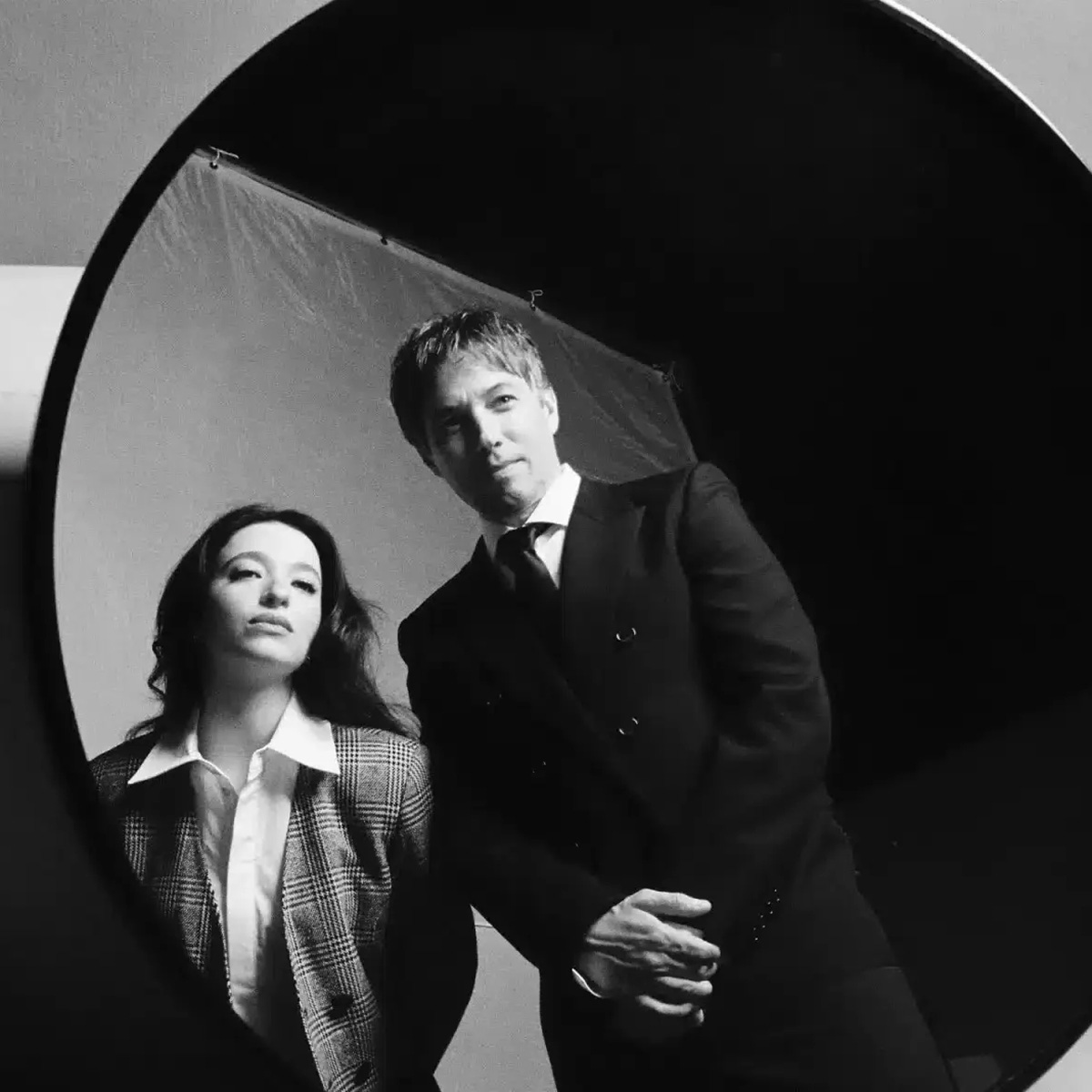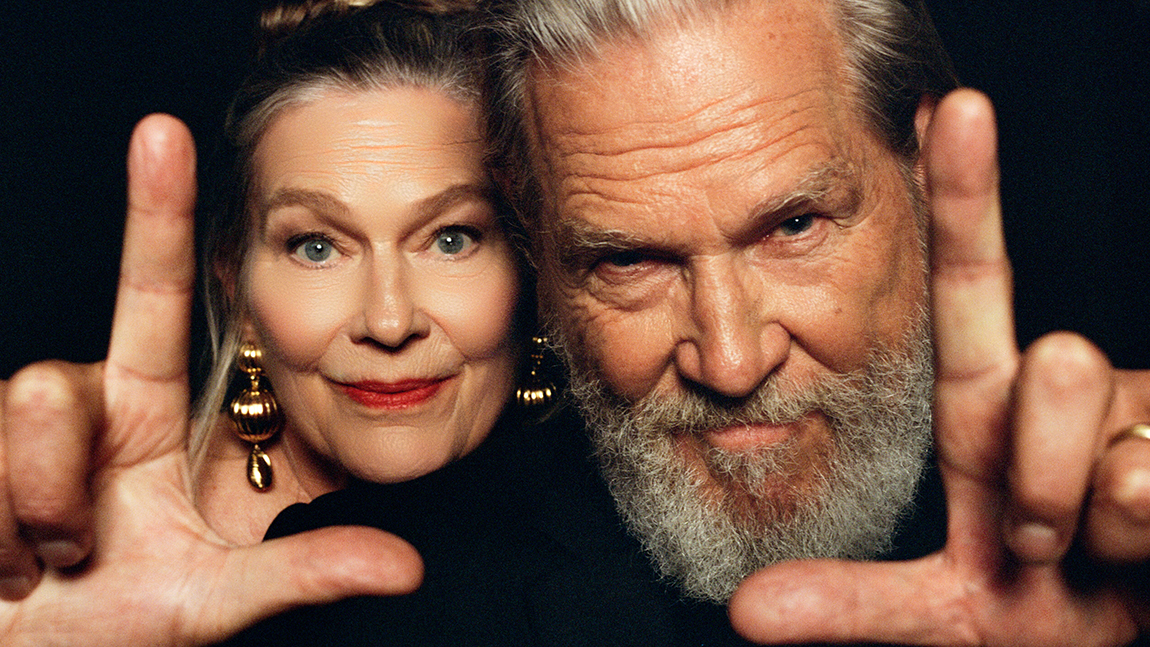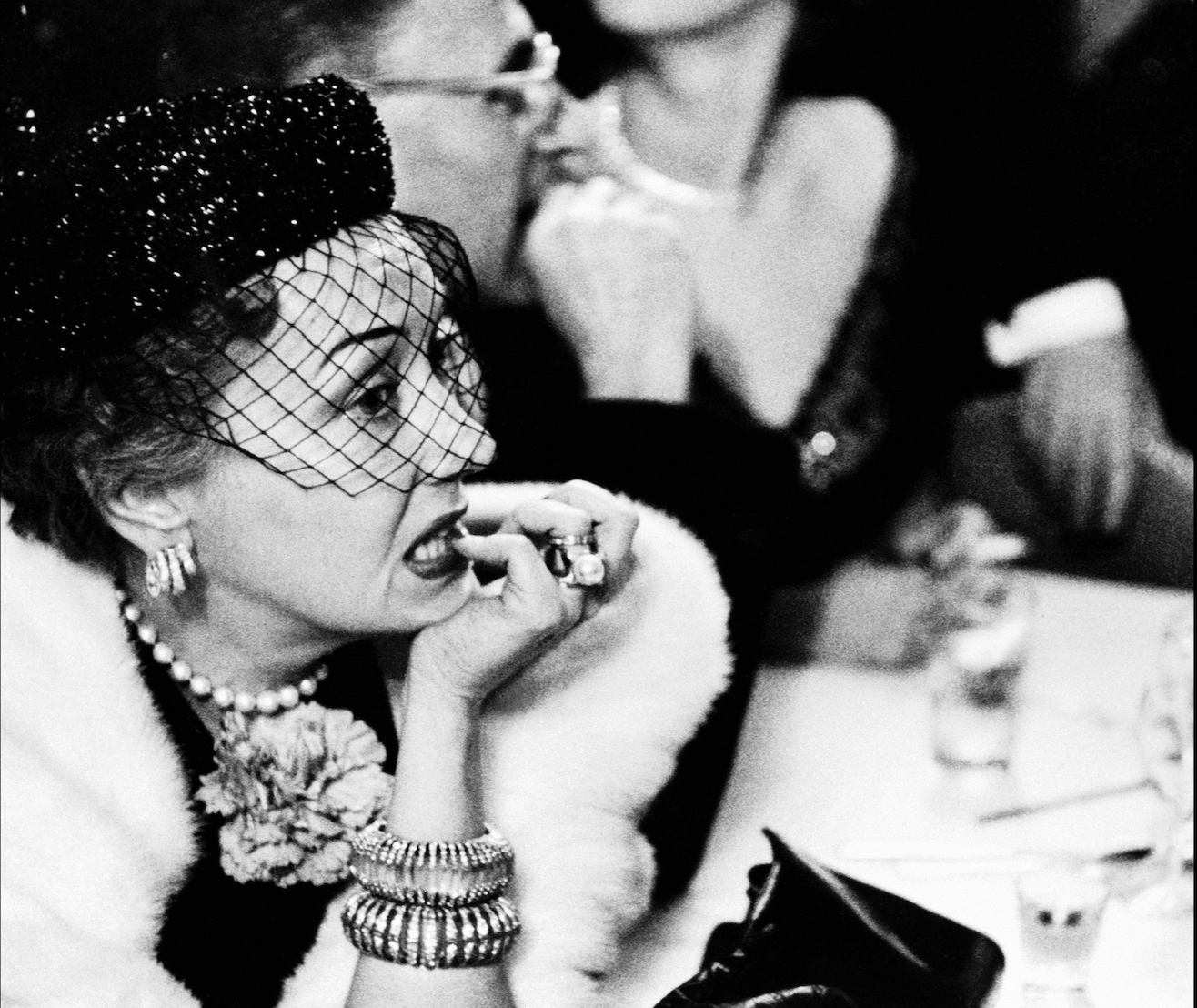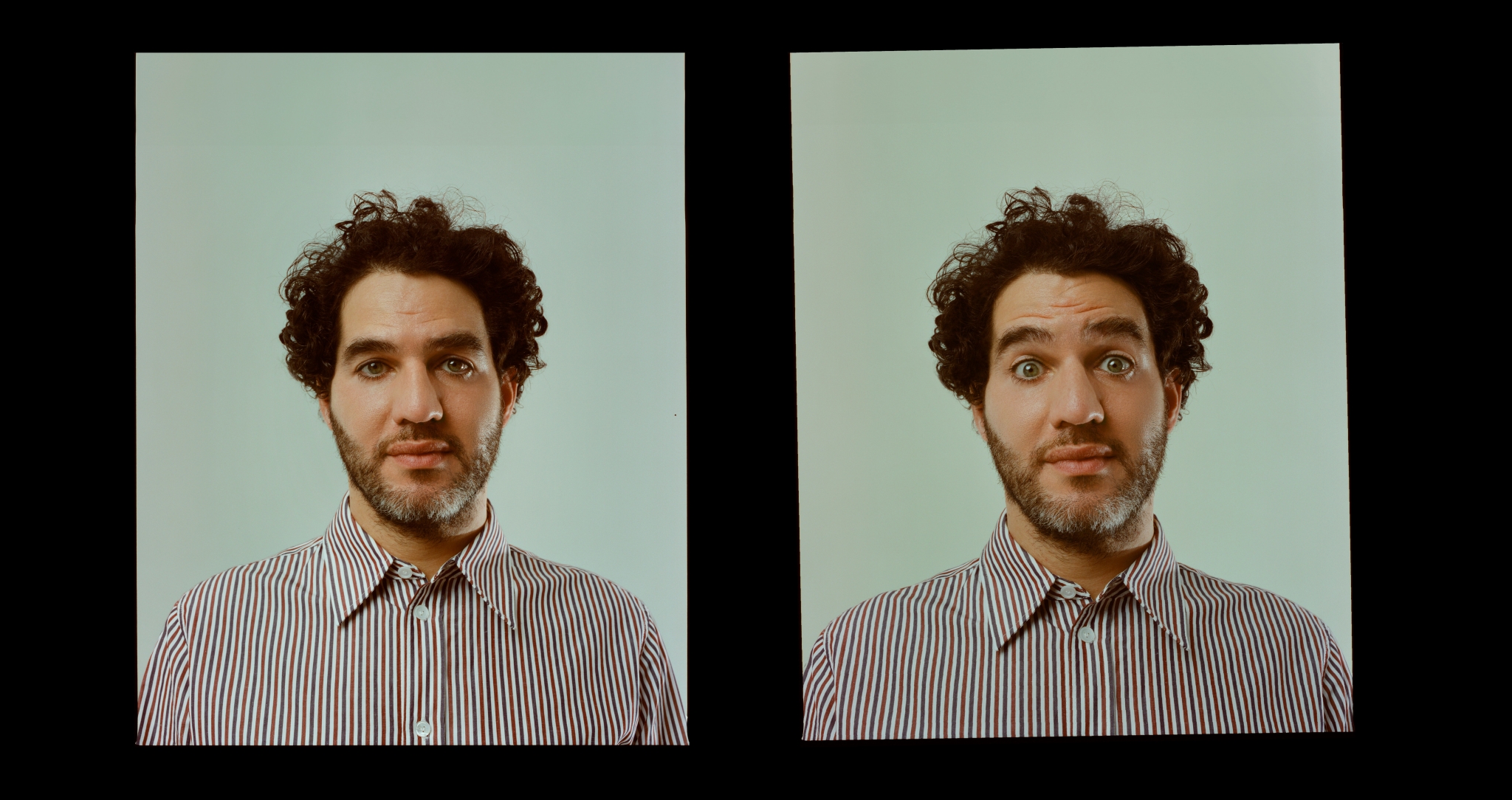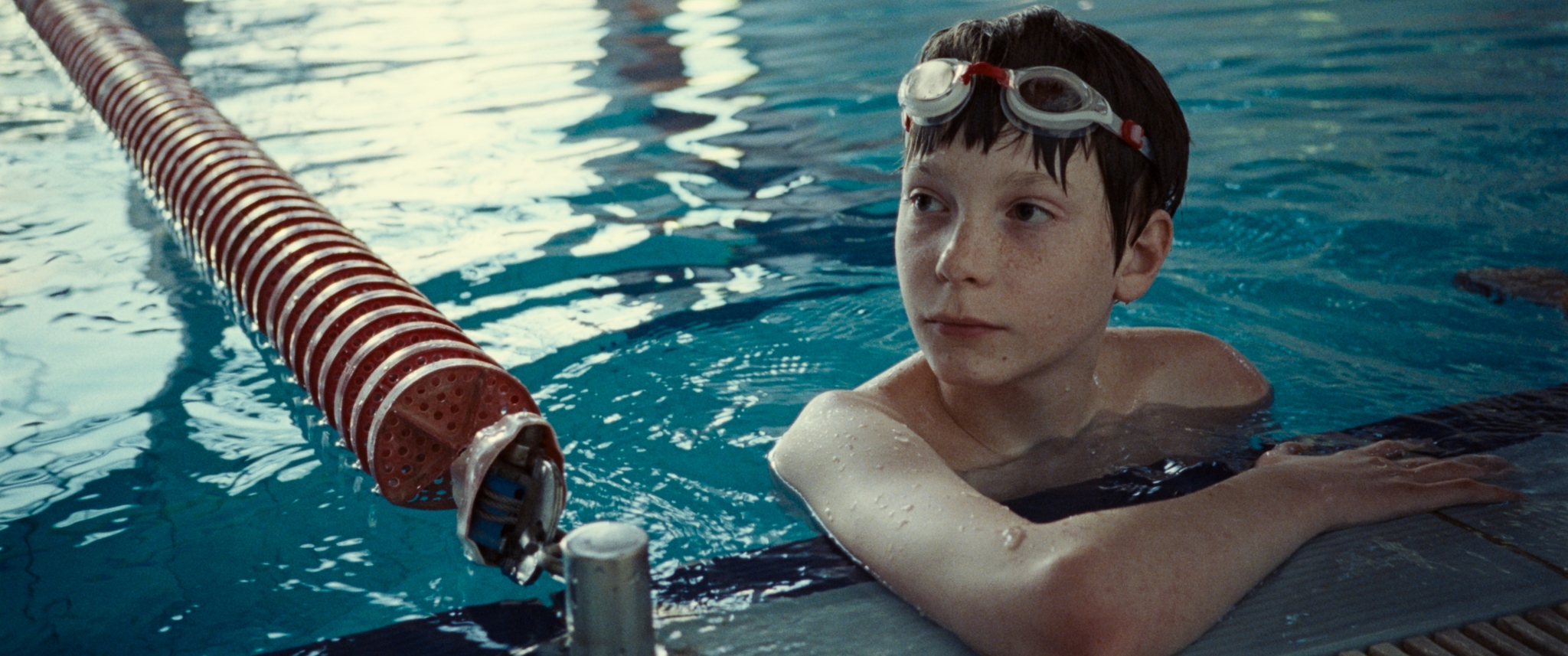
Starring Joel Edgerton and premièring as part of Un Certain Regard at Cannes Film Festival, Charlie Polinger’s The Plague is a quietly horrifying tale of masculine adolescence and social contagion.
What distinguishes great water polo from a good water polo? The most skilled play happens beneath the surface. Olympians shave their pubes off so opponents don’t tug them off. Others, having smoothing down their regulation fingernails, bite them before play, creating a sharpness that allows them to scratch under water.
This is something the menacing Jake (Kayo Martin) tells Ben (Everett Blunck) early on in Charlie Pollinger’s The Plague. The film, premiering as part of Un Certain Regard at Cannes Film Festival—follows Ben’s arrival in 2003 for a summer at the Tom Lerner Water Polo camp. Rather than a central part of the drama, water polo is only the mise-en-scène for a thrillingly controlled tale of social contagion, violence and pubescent masculinity which translates European arthouse sensibility stateside, with Claire Denis’s Beau Travail and Céline Sciamma’s Water Lillies both titles of comparison.
Ben is a slightly awkward boy who has recently moved to the West from Boston and is keen to fit in. His teammates, a Greek chorus of 12 and 13 year-old boys with Jake as their bully-in-chief, play explicit rounds of ‘would you rather’ and reel over phallic humour. Their Beta coach (Joel Edgerton)—Daddy Wags—fails to command too much authority. It’s a confident move from Pollinger to keep Edgerton’s role firmly on the sideline—or poolside—allowing the excellent performances of the child actors to shine both as a collective, sportive body and as matching individuals—Lord of the Flies-style.
At his first lunch, Ben is quickly given the nickname ‘Soppy’ after he is marked out as being unable to pronounce the ‘t’ in ‘stop’. But the real horror lies on the table beyond. Eli, a less athletic, stranger boy—arguably just daring to be himself—is outcast, leper-like, by his peers for having ‘the plague’, his long-sleeves covering a rash across his torso.
Whilst the term stigma—meaning a mark of disgrace or shame, has its etymology in a mark or a prick made by an instrument, The Plague turns this around. The mark of disgrace—being an outsider—turns into something physical, and the outcast individual turns in on itself.
From then on the film tracks Ben’s desire to dodge ‘the plague’. A made-up game that the boys take very seriously. Touch Eli, you are at risk of catching it, and the only solution is to wash yourself, quickly. When Ben kindly offers to help Eli rub in his cream, his fate as the plague’s next victim is sealed. They say loneliness is contagious. And whilst the term stigma—meaning a mark of disgrace or shame, has its etymology in a mark or a prick made by an instrument, The Plague turns this around. The mark of disgrace—being an outsider—turns into something physical, and the outcast individual turns in on itself. Polinger deploys body horror when we see both Ben and Eli self-harm to different degrees.
The Plague is reflective of certain contemporary debates around the manosphere and masculinity—parallels are already being made to Netflix’s streaming hit Adolescence. Set in a nondescript 2003 America (the film was in fact filmed in Romania), so 20 years prior to the Andrew Tait-era—their boyish behaviour is rendered allegorical and eternal. The coach’s advice to Ben after he attempts to run away from the camp is that he should just cry it out, however, somehow still urgent.
The film’s quiet horror crescendos in the third act, a Haneke-esque theatre of cruelty in which Ben tries and fails to reassert his control, the victim becoming the bully. Impeccable sound design by Damian Volpe gives The Plague an ominous, panting rhythm, and the coldly, blue-toned cinematography, add to the images of crawing horror, from which it is hard, as much as you might want to, to look away.

